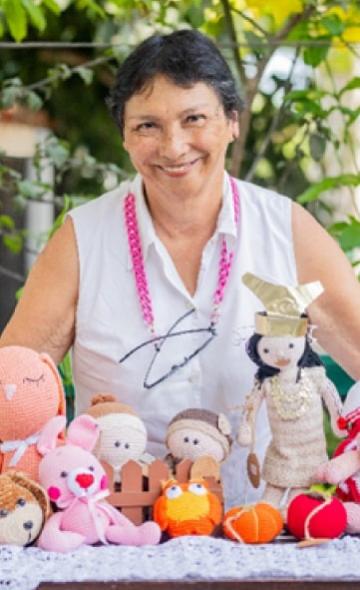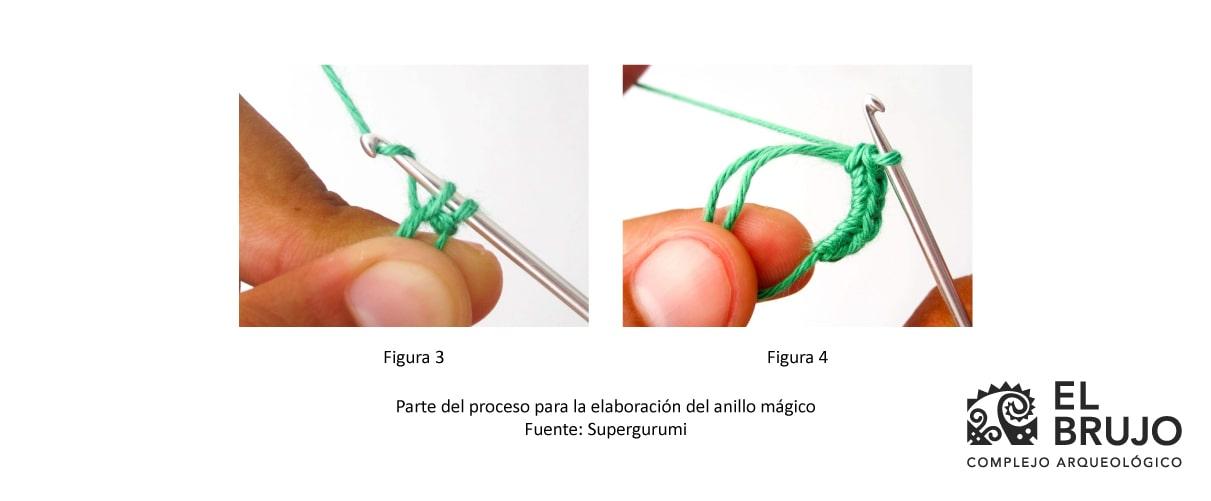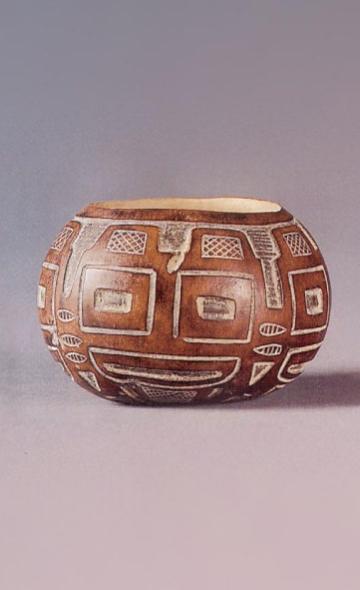- Visitors
- Researchers
- Students
- Community
- Information for the tourist
- Hours and fees
- How to get?
- Virtual tours
- Classic route
- Mystical route
- Specialized route
- Site museum
- Know the town
- Cultural Spaces
- Cao Museum
- Huaca Cao Viejo
- Huaca Prieta
- Huaca Cortada
- Ceremonial Well
- Walls
- Play at home
- Puzzle
- Trivia
- Memorize
- Crosswords
- Alphabet soup
- Crafts
- Pac-Man Moche
- Workshops and Inventory
- Micro-workshops
- Collections inventory
- News
- Researchers
- The Art Behind Amigurumi
News
CategoriesSelect the category you want to see:

International academic cooperation between the Wiese Foundation and Universidad Federal de Mato Grosso do Sul ...

Clothing at El Brujo: footwear ...
To receive new news.
Por: Katerine Albornoz
By Katerine Albornoz
Peruvian art can be understood from different angles. In this brief note, we will explore its historical perspective and the adaptation of new foreign practices to Peruvian artisanal practice (Stastny, 1981). To this end, it is important to recognize the extensive cultural heritage of ancient societies, covering areas such as ceramics, carving, engraving, textiles, among other artistic expressions.
Next, we will focus on the practice of Textiles. The ancient Peruvian inhabitants developed their technology around the manufacture of garments and objects intended for various functions and uses. However, the evolution of textile activity did not stop with the arrival of the Spaniards. On the contrary, they introduced a new system of work, known as obraje (textile workshop), and new technologies. This led to the gradual displacement of some traditional practices and the reconfiguration of the meaning of the garments (Muñoz, 2006; Ramos, 2010; Trailer films, 2022). This process of adaptation and resignification of practices has been repeated throughout history. On this occasion, we will address the presence and possible uses of a knitting technique incorporated in Peru in recent centuries: the crochet technique.
What do we know about crochet knitting?
According to Guerrero (2017), crochet is a technique that involves the use of a hook and thread. The technique consists in creating chains where one link is attached to the next, achieving a staggered effect as a result. According to Annie Potter, the term "crochet" is of French origin and refers to the instrument used: an elongated needle with a hook at one end (Figure 1).
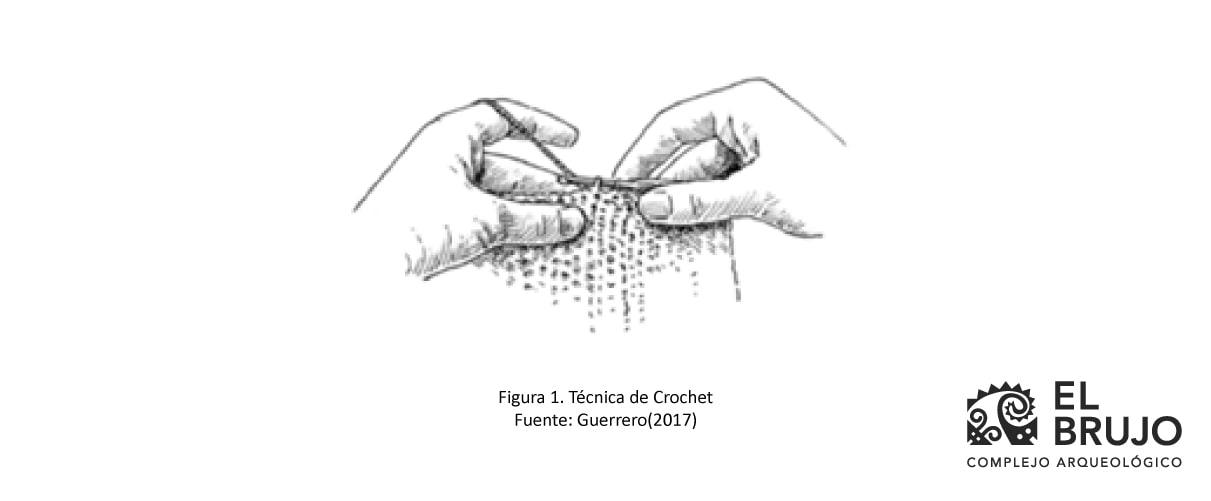
Determining the precise origin of the crochet technique is complicated. Nonetheless, there are some indications that Guerrero (2017) points out:
1. The crochet technique was known in Italy since the sixteenth century, referred to as "nun's work" or "nun's lace". In this context, it was used to make lace similar to those produced with bobbins.
2. This technique has its origins in Chinese embroidery, which arrived in Europe in the eighteenth century and was known as "tambourine embroidery".
The crochet technique is known to have been used in the mid-nineteenth century in Ireland. During this time, the Irish faced a severe famine due to a plague that affected their potato crops. In this context, crochet emerged as a solution to the problem. The nuns, using this technique, replicated the fine lace and began teaching mothers, boys, and men (Figure 2). This alternative became a more profitable means of subsistence, as it required fewer implements, allowed working from home, and reduced employment time (Guerrero, 2017).
The technique has its roots in ancient times, and its incorporation into our society is unclear. It may have occurred during the Colonial era. However, research is still needed to clarify what techniques the Spaniards introduced and how they were adapted to the textile practices already existing in our colonial society. What we can highlight is that crochet has evolved to adapt to today's various social groups. One of its main qualities is its versatility to make fine garments, from lace, hats and blankets to baby shoes, dolls or decorative objects.
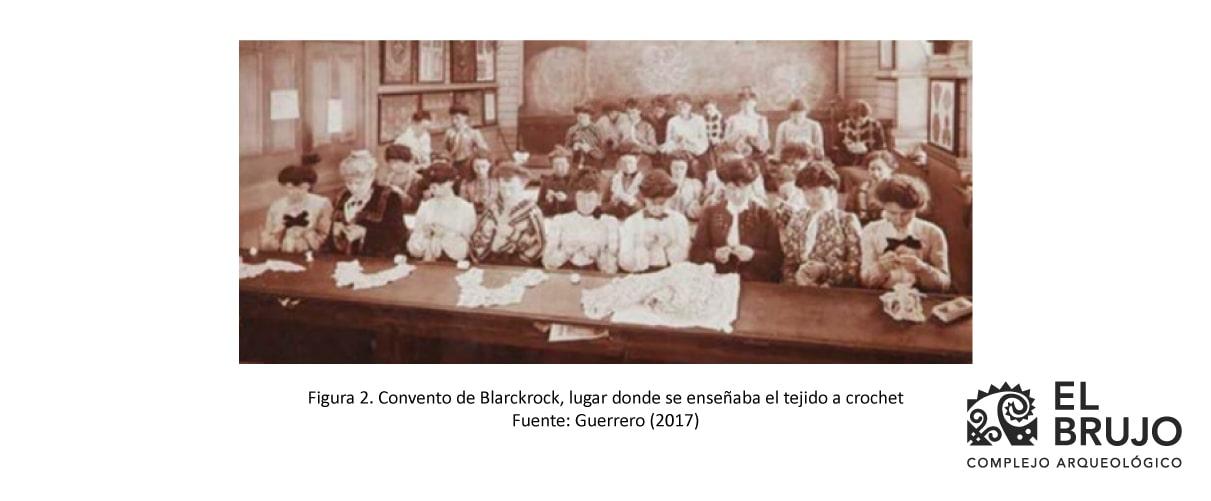
As for the dolls or decorative objects made with this technique, they are commonly known as Amigurumis.
Finding out about Amigurumis
Amigurumis are hand-knitted dolls using the crochet technique, and their production includes decorative objects, such as animals, plants and characters, among others. The word "Amigurumi" is of Japanese origin and is composed of two terms: "ami", which means to knit, and "gurumi", which means doll (Donneys, 2022; Peñafiel, n.d.).
What is the history of Amigurumis?
The origin of amigurumi can probably be traced back to the Shang Dynasty in China. At the beginning of the sixteenth century, this artisanal technique spread thanks to the interaction between Japan and China (Donneys, 2022).
At the end of World War II, Japan was going through difficult times. In this context, some amigurumi experts point out the relevance of the work of knitting dolls by grandmothers, not only as a form of hobby, but also as a relief for the younger population (Gutierrez, 2018; Toquiantzi, 2020).
In 1970, the "Kawai" culture emerged in Japan, where characters such as Hello Kitty stand out. Over time, this culture diversified and was then incorporated into different social and cultural environments (María de la Candelaria, 2021; Romero, 2017). In the mid 20th century, the practice of knitting dolls became internationalized, and today we find amigurumis in physical or virtual stores, fairs, independent stores and other venues, gradually becoming part of our contemporary culture.
Currently, amigurumi is integrated as an artisanal textile activity, and the artisans who work in this field belong to different social groups, with an equally varied audience. It is important to underscore that this work is framed in a specific context, acquiring a symbolic charge, whether cultural, economic or of a religious nature, playing a fundamental role as a means of transmission.
How could we make an amigurumi?
To make an amigurumi, we must have a crochet or crochet hook, as well as use materials such as yarn or cotton wool, which can vary in thickness, color and texture. In addition to foam or siliconized fiber filling (cotton or synthetic feather), it is possible to use recyclable materials such as fabric scraps and sand, among others (Donneys, 2022).
Amigurumis are made using the spiral crochet technique or "the magic ring" technique. This process involves forming a circular chain, where each link is attached to the previous one (Donneys, 2022) (Figures 3 and 4).
A conversation about Amigurumis
In order to delve deeper into the fascinating world of doll knitting, specifically amigurumis, we interviewed artisan Sara Vargas from the district of Casa Grande.
How did you start knitting amigurumis?
SV: In 2018, my niece enrolled me in attachment doll weaving classes. While I was taking care of my sister, I practiced my knitting and generated ideas, as she liked manual work. At the beginning of 2019, her departure plunged me into depression, and knitting became my therapy. Throughout the pandemic I dedicated myself to knitting, and the opportunity came up to participate in a fair where I exhibited all the production that I had made.
2018 didn't wasn’t my first experience knitting. Rather, I perfected my technique then. I remember when I was in the university, I made a trousseau for my tutor's wife, who was pregnant. At that time, I also had an entrepreneurial experience, participating in a call for bidding to make 3,000 plush dolls with another material and technique, together with a friend and my sister’s.
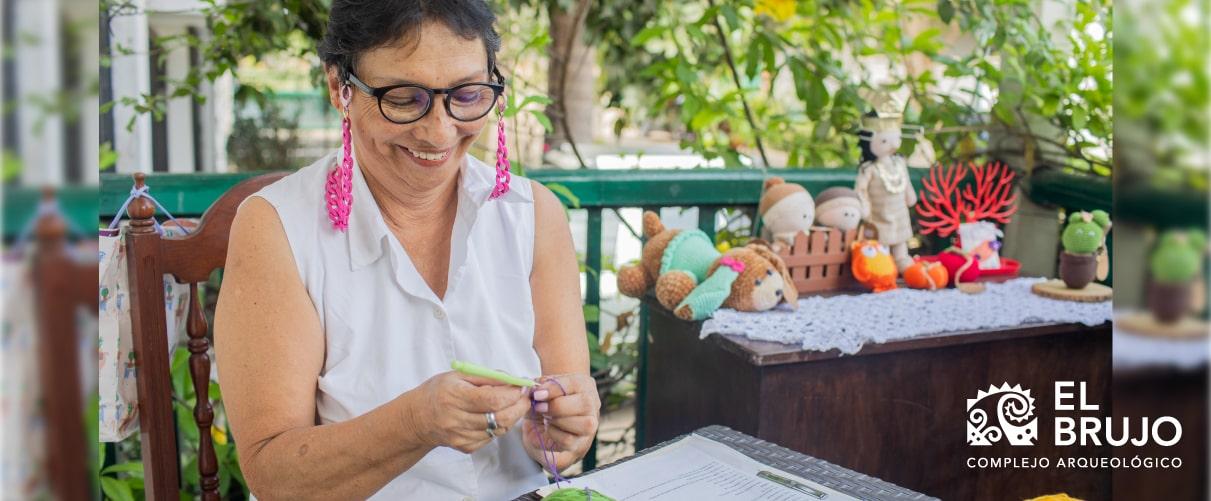
What do you focus on when you are knitting amigurumi?
SV: In my technique, I focus on facial expressions, reflecting moods. There are dolls that turn out to be sad, swollen, angry or joyful, depending on the person's condition. So, I also see it as therapeutic. I consider craftsmanship to be the transformation of the soul into a product, giving it a special value. Besides, it is something made with my own hands, impregnated with my essence. Maybe that's why I don't see it solely from a financial perspective.
What are your motivations for knitting?
SV: For me, knitting is therapy, and my main motivation is to keep sharing my art. If I can convey the culture of my region through my work, I do so. That's why I started knitting dolls with themes from the area, such as marinera [a local dance] or the Lady of Cao.
Final Thoughts
As we have seen, understanding the development of textile activity in Peru involves the constant process of integrating and adapting foreign raw materials, techniques and technologies. An example would be the introduction of linen, felt, or fulling mill by the Spaniards, which also occurred among our societies during the pre-Hispanic period (Chocano et al., 2020; Ramón, 2013). This allows us to be aware that the knowledge acquired is the result of a series of learnings that constitute our current socio-cultural context.
Currently, the crochet technique is an integral part of our socio-cultural reality. We can see people of various ages, from the oldest to the youngest, practicing this work, just as it happens with amigurumis. Those who dedicate themselves to this task, whether as part of the family legacy or out of personal interest, develop their experience and orient themselves towards the handicraft field. The motivations can be various, and although the financial factor stands out, on this occasion we add one more: the emotional factor.
We consider it important to preserve and continue the practice of this knowledge. To achieve this, it is essential to take into account motivations and explore the ways to link them, utilizing them as a means of communication.
Expert artisans will share their knowledge at the El Brujo Archaeological Complex
The next exhibition "Discover the World of Crochet: the technique of Amigurumi" will be held on Thursday, November 23 from 11 am to 12 m at the El Brujo Archaeological Complex, where textile artisan and teacher Sara Vargas will share with attendees her experiences and knowledge about this ancestral practice.
You can also read:
2. Exploring the Ancient Art of Basketry: Tradition and Culture in Each Strand
3. Peru's archaeological heritage: The Importance of El Brujo in History
Researchers , outstanding news


